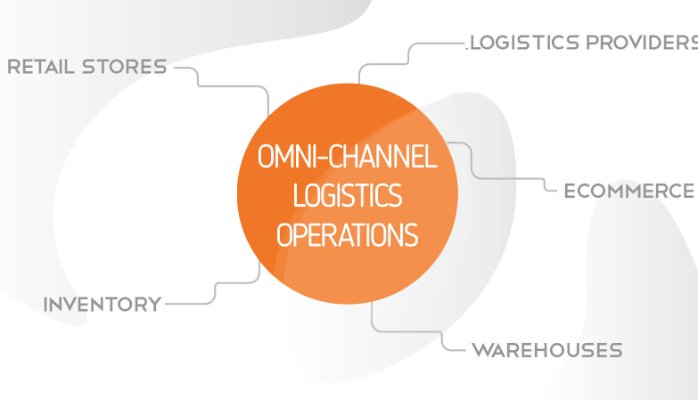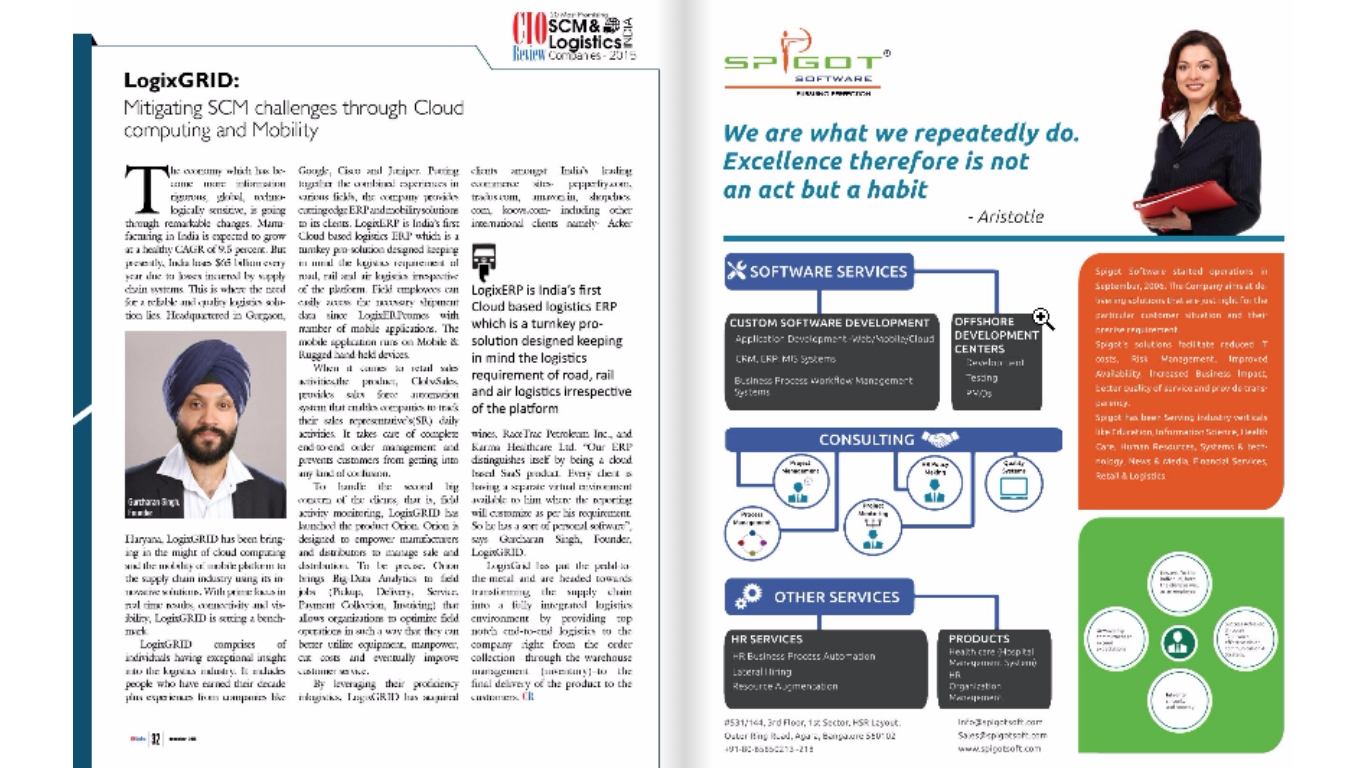GST IMPACT ON INDIAN LOGISTICS INDUSTRY

India set a benchmark in providing the lower cost services irrespective of any specific field still India has higher logistics cost due to various issues and challenges faced by the industry. India is involved in complex tax structure, the industry is also affected by poor rate of customs efficiency of clearance processes and procedures thus affecting the international export logistics stratum. however, insignificant comfort provided by the existing Indian infrastructure combined with lack of implementation of efficient IT-enabled tracking and tracing operation has saturated the efficiency of logistics and transportation.
The proposed goods and services tax (GST) will help companies reduce logistics cost by 1.5 to 2.5% as they reconfigure their supply chains and bring in three key structural changes to the logistics industry. First, as India becomes one big market, there will be fewer and larger warehouses. Second, it will lead to a larger number of bigger trucks on road as there is greater adoption of the hub-and-spoke model. Third, these changes will lead to greater economies of scale for transport operators and lead to more companies outsourcing their logistics operations.
Eliminating delays at check posts will yield an additional savings of 0.4-0.8% of sales. These cost savings are, however, more likely to be gradual and back ended, as corporate will have to realign their supply chain while ensuring minimum business disruption, it added. The impact of GST in logistics is going to be dramatic and revolutionary.
Interstate tax burden Currently, each of India’s 29 states taxes goods that move across their borders at different rates apart from that Corporate state tax of 2% is imposed for inter-state goods transfer. Not applicable. Uniform taxation and no varying tax structures would be allowed across states.
Currently, there are around 20-30 warehouses per company, one in every state, in addition to this 20-30 Carry & Forwarding agent per state making the supply chain longer and inefficient. GST tax will be imposed on transportation of goods and full credit will be available on interstate transactions.
Logistic costs are expected to be decreased by 1.5- 2.00% of sales on account of optimization of warehouses leading to lower inventory costs which are set up across states to avoid paying 2% corporate sales tax and phasing out of interstate sales tax. There is immense scope for optimization of costs.
How technology will play its role :
The planned GST system seeks to replace multiple taxes and tariffs for a single tax at the point of sale. GST will unleash a new era of developing logistics infrastructure and take investments to the next level. The regulatory reforms proposed in the GST presents an opportunity to re-engineer logistics and transportation networks. Current inefficient and longer supply chains with warehouses in almost every state will now change based on delivery and cost efficiency. GST, when implemented, will free the decisions on warehousing and distribution from tax considerations and here the technology will play its role in the following cases –
- East tracking of consignments.
- Managing complete Hub and spoke model.
- Centralized accounting.
- Outsource the logistics operations.
This will result in more efficient cross-state transportation with improvement in transit time. Reformation of paperwork for road transporters Cost efficiency to optimum use of assets. This will lead to changes in Logistics Network Redefinition. Logistics service providers to rethink their business operations.
Related blog post you may like :
Simple plan to reduce logistics cost – Gov’s Biggest Approach
Transport management system – Why need a business software?
Secret of manufacturing warehouse management system – Case Study
Logistics Management System – Track Shipments Live On Website
FMCG Distribution Software – Instant billing and delivery on field



